1. Sears

For decades, Sears was the ultimate one-stop shop. You could buy a new refrigerator, get your car serviced, and pick up school clothes all in one trip. Its catalog was a fixture in American homes, and kids loved circling toys they wanted for Christmas. At its peak, Sears anchored nearly every major mall in the country.
The brand stood for reliability, affordability, and convenience. Families trusted it for everything from tools to towels. By the time it began closing stores, it felt like the end of an era. Its decline marked the shift from in-person shopping to the digital age.
2. JCPenney

JCPenney had a certain comfort to it, like a familiar friend you’d visit every weekend. With its mix of affordable clothing and home goods, it was the place for back-to-school shopping or last-minute gifts. The smell of new fabric seemed to hang in the air, and the in-store hair salons made it a true one-stop destination. During its heyday, malls relied on JCPenney as one of their biggest anchors.
It was the kind of store that brought families together for shopping trips and picture days. Generations grew up walking its aisles in search of sales and sturdy basics. When locations started closing, it felt like losing a piece of the mall itself. Even now, the name brings back memories of coupons, catalogs, and predictable reliability.
3. Montgomery Ward

Montgomery Ward was the pioneer of mail-order shopping long before Amazon existed. Its catalog was legendary, making it possible for people in small towns to buy everything from furniture to fashion. When the company expanded into physical stores, it brought that same accessibility to local malls. Shoppers loved that they could furnish an entire home in one visit.
Despite its innovation, Montgomery Ward struggled to compete once newer retailers came along. Its stores began to feel dated compared to flashier competitors like Target or Kohl’s. When it finally closed in 2001, it left a big gap in mall culture. Still, for many, it remains the original department store that made shopping exciting and easy.
4. Mervyn’s
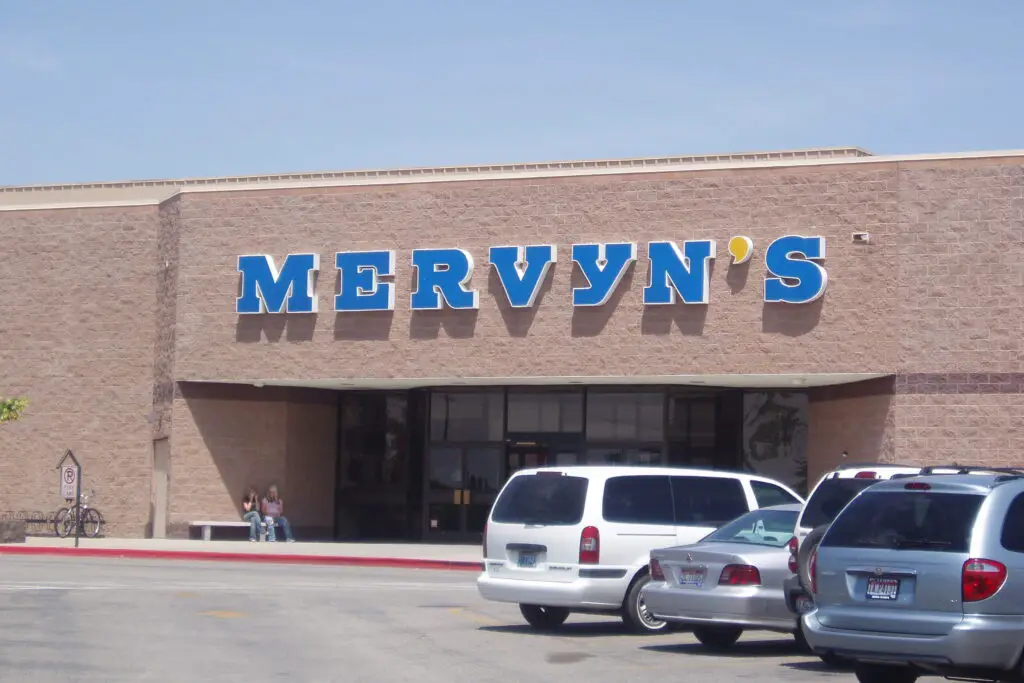
Mervyn’s was the affordable alternative to fancier stores, offering solid clothing and household goods without the high prices. It was especially popular in suburban malls during the ’80s and ’90s. Families loved its practical selection, and its famous “Today’s the Day!” slogan became part of its charm. The store managed to feel friendly and familiar, the kind of place where everyone could find something.
But as competition grew, Mervyn’s couldn’t keep up with the changing retail landscape. Department store consolidation hit hard, and by 2008 it was gone. For many shoppers, its closure meant losing a reliable stop for back-to-school shopping and budget basics. It’s still fondly remembered as the middle-class mainstay of the American mall.
5. Marshall Field’s
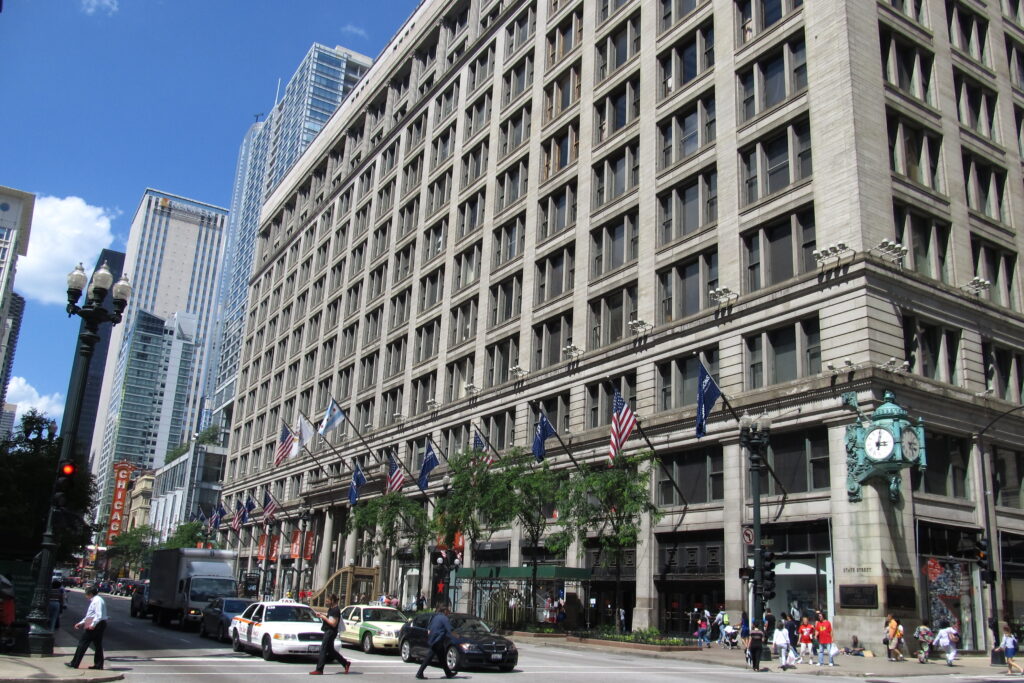
Marshall Field’s wasn’t just a department store, it was an experience. Known for its iconic Chicago flagship, it was synonymous with elegance and impeccable service. The ornate architecture and festive window displays became holiday traditions for generations. Shopping there felt like stepping into a grand, old-world marketplace.
When Macy’s took over in 2006, loyal customers protested the name change. Many felt that Marshall Field’s represented Chicago’s retail soul. The store’s famous Frango mints and lavish tea rooms became symbols of a bygone era. Even today, former fans still insist it was never quite the same once the name disappeared.
6. Bon-Ton

Bon-Ton was a beloved regional chain that quietly built a loyal following across the Midwest and Northeast. It specialized in classic apparel, home goods, and a warm, small-town feel despite being part of large malls. Families counted on Bon-Ton for dependable sales and quality merchandise. Its semi-annual clearance events were a highlight for bargain hunters.
However, the rise of online shopping hit Bon-Ton especially hard. It filed for bankruptcy in 2018, marking another loss for American malls. The closures left many communities without their go-to department store. For longtime shoppers, Bon-Ton’s departure felt like the end of a comfortable tradition.
7. Carson Pirie Scott
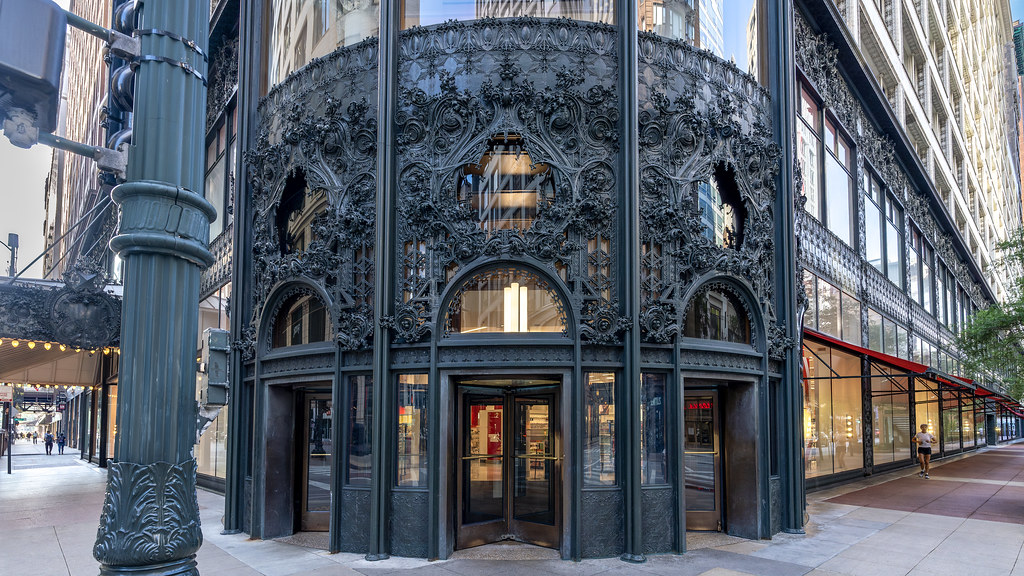
Carson Pirie Scott was another Midwest favorite, often found as a mall anchor store in Illinois and nearby states. It had a slightly upscale touch without being intimidating, offering a mix of affordable fashion and home decor. The store’s legacy dates back to the 1800s, giving it an air of heritage that appealed to loyal shoppers. Its historic flagship in Chicago was a landmark in itself.
Unfortunately, modern competition proved too fierce. When its parent company Bon-Ton went under, Carson’s went with it. Locals mourned not just the store, but the end of an institution that felt like part of their city’s identity. For many, the Carson’s logo still sparks instant nostalgia.
8. Gottschalks
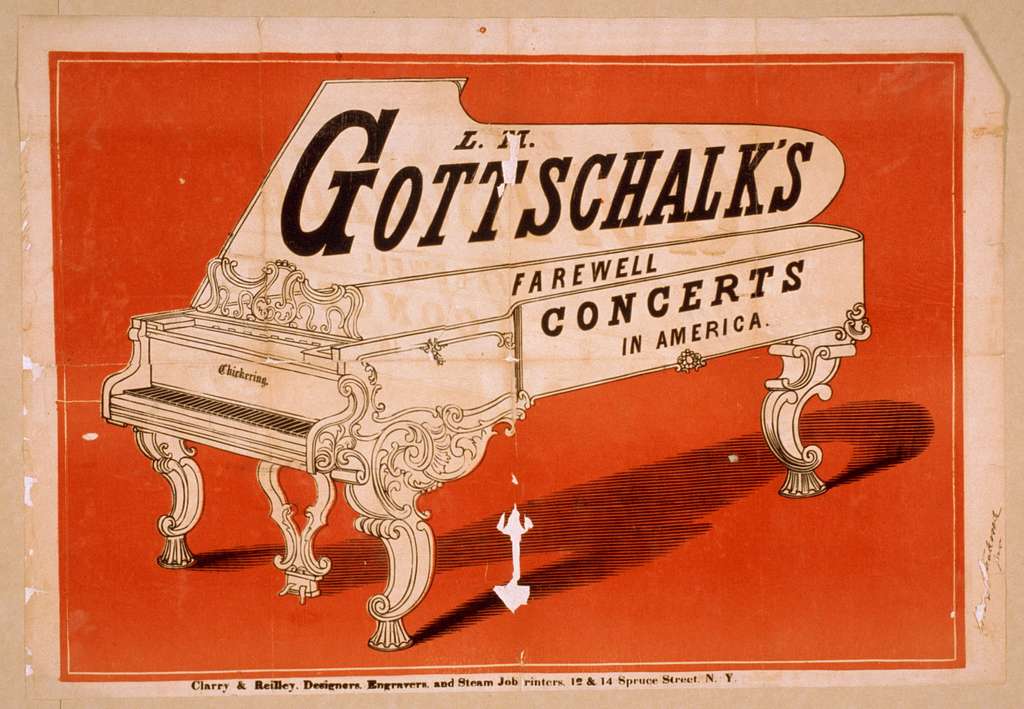
Gottschalks may not have been as big as Sears or Macy’s, but in the western states it was a mall staple. Based in California, it catered to families who wanted stylish but affordable fashion. It had a friendly vibe, with employees who seemed to genuinely know their customers. For many West Coast shoppers, it was the local department store that felt personal.
As big-box retailers expanded and online shopping took over, Gottschalks couldn’t compete. It filed for bankruptcy in 2009 after more than a century in business. Its closure hit smaller cities especially hard, where it was often the only full-service department store. The name still evokes memories of a simpler retail era.
9. Hills Department Store
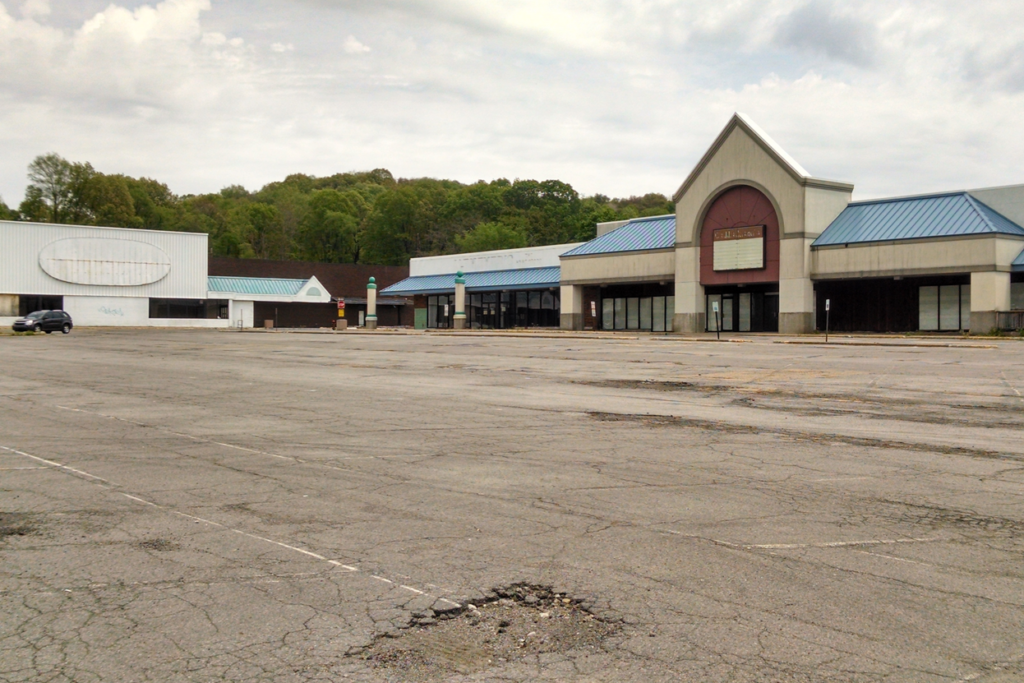
If you grew up in the ’80s or ’90s, you probably remember Hills for its toy section and snack bar. The smell of popcorn and the sound of squeaky carts were part of its charm. Parents shopped for clothes and housewares while kids dreamed of new bikes and action figures. It was the definition of a community department store.
When Ames bought Hills in 1998, things started to change quickly. The stores lost their distinctive identity and eventually faded away. For many, Hills was where everyday shopping met small-town warmth. It’s one of those stores people still miss more than they expected to.
10. Ames
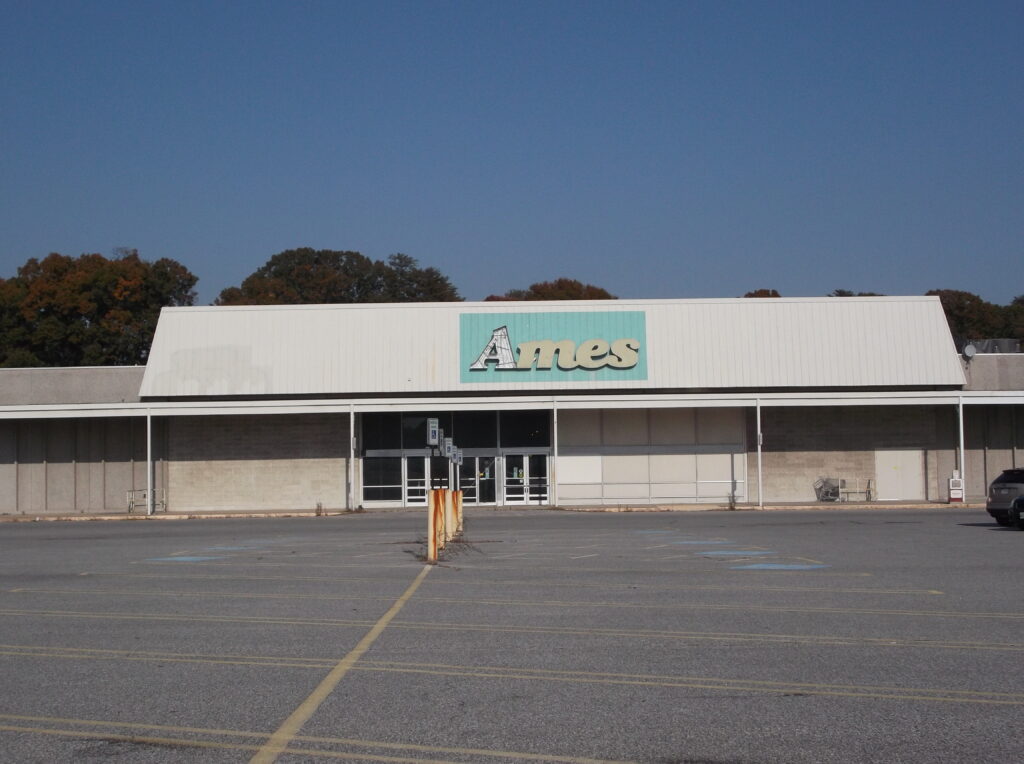
Ames was the quintessential small-town department store that somehow found its way into countless malls. It carried a little bit of everything, from toys to tools, and its prices made it popular with budget-conscious shoppers. It may not have been fancy, but it was dependable. People knew exactly what they’d find when they walked in.
The chain expanded rapidly but couldn’t handle the debt that came with it. After acquiring Hills and other retailers, it overextended itself and closed for good in 2002. Still, Ames had a loyal following who loved its no-frills charm. It was the kind of store that kept everyday life running smoothly.
11. Woolworth’s
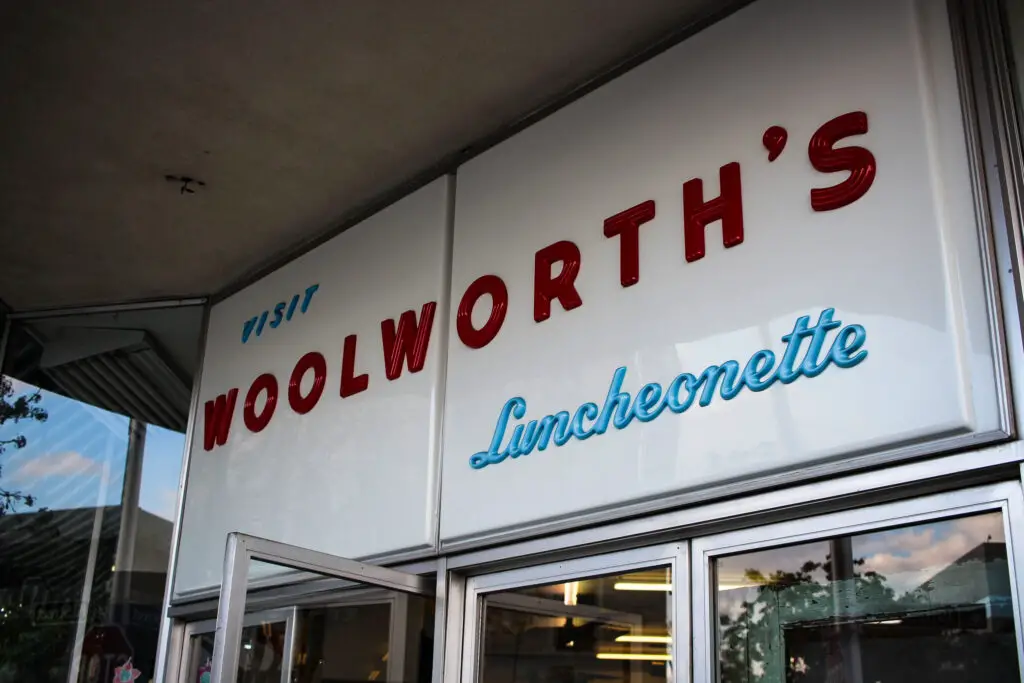
Before the word “mall” was even part of the vocabulary, Woolworth’s was the original five-and-dime store that grew into a department store chain. It offered affordable everything, from lunch counters to lipstick, and had a welcoming, bustling atmosphere. Many malls later modeled their layouts around its accessibility and variety. The soda fountain alone could make a shopping trip memorable.
As shopping habits evolved, Woolworth’s couldn’t keep pace. By the late ’90s, most stores had shut down, though its legacy lived on through Foot Locker, one of its former divisions. Still, for those who remember spinning on red stools at the lunch counter, Woolworth’s will always represent the golden age of everyday shopping.
12. Zayre
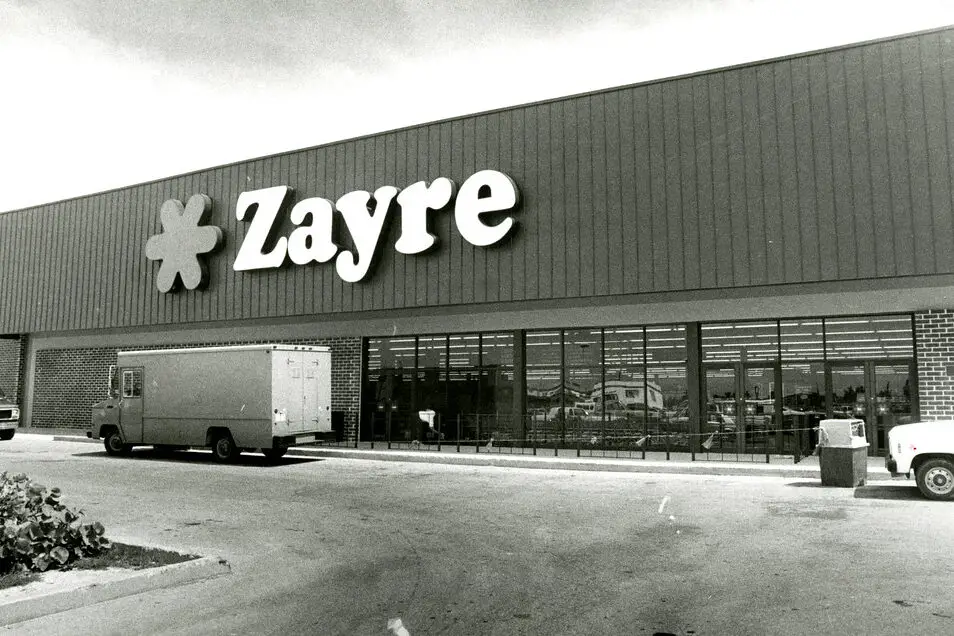
Zayre was the ultimate discount department store of the ’70s and ’80s. It had that no-nonsense, bright fluorescent lighting that made you feel like deals were waiting around every corner. It wasn’t glamorous, but it was practical, with shelves stocked full of household staples and affordable clothing. Many families relied on Zayre for back-to-school shopping or quick household runs.
In 1988, it was acquired by Ames, which led to its eventual disappearance. But for years, Zayre was a fixture of suburban malls and shopping centers. It represented the kind of everyday retail experience that’s nearly vanished today. Mention the name now, and someone will inevitably say, “Oh, I remember that place!”
